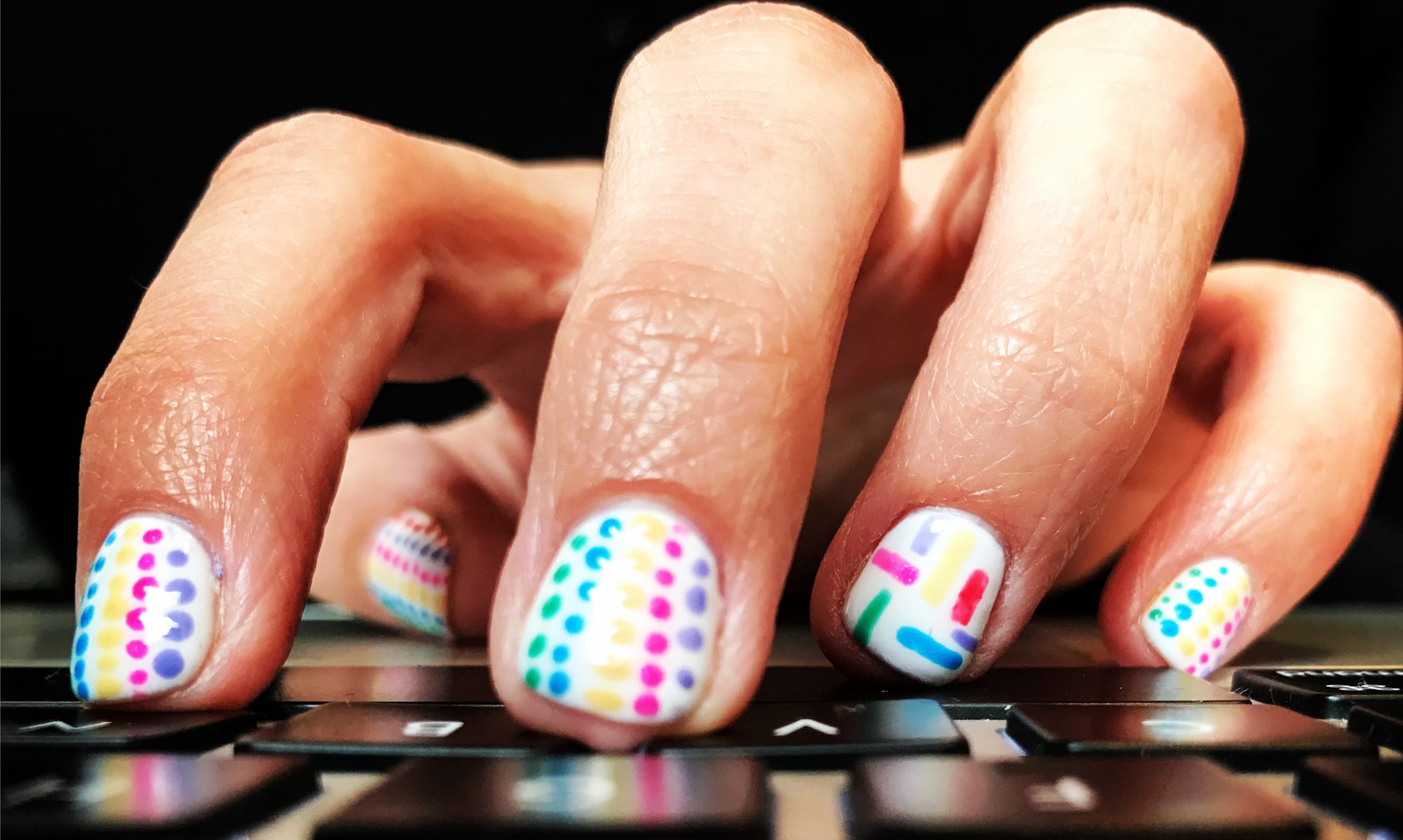
How do we express what we really mean? Especially when there is much depth to the topic we are discussing. The expression of depth and meaning was quite challenging when making our visual artefact. This is evident through the conversations that have subsequently transpired. The intention of the creator is not always the same as the interpretation of the reader or viewer. Getting meaning across is no small feat! I struggle with this when writing academically and it was exacerbated further when I tried to portray my critical thinking in a picture.
It was while I was grappling with ‘online interaction’, ‘initial assumptions’ and ‘developing nuanced understandings of the online social world’ (Kozinets 2010) of participating in the online community that is Education and Digital Cultures, that I had a discussion with two other participants that left me utterly perplexed. Perhaps this is what Kozinets (2010) meant about ‘interpretive social cues'(p 24) developing between communities. The discussion is below:

What ultimately left me perplexed is how a conversation started by discussing MOOCs ended up with ‘[t]he sex industry’ being ‘an early adopter of new tech’. Did I miss something? Some earlier conversation where this would make sense? Is this part of the heirachy of our own online community of which I am not a part? Perhaps I’m looking too hard for meaning and this is simply an effort to build rapport in our online community. It’s lead me to question; how do we construe meaning from online exchanges that are less than 140 characters long? Is what we are trying to express being accurately conveyed? Do our readers/viewers understand what we mean? How do we record and interpret qualitative data objectively if a) the meaning is not clear; b) if we are part of that community ourselves?
I suppose what I’m wondering, as we head off to do our own ethnographic studies in our MOOCs, is how to construct meaning out of comments and behaviour online when it is clear that we cannot take all information we see at face value. I look forward to finding out.
Kozinets, R. V. (2010) Chapter 2 ‘Understanding Culture Online’, Netnography: doing ethnographic research online. London: Sage. pp. 21-40.


Hi Chenée,
I enjoyed reading this post and can definitely relate to it – not only in the case of the Twitter conversation that you cited, but in observing other conversations that the rest of the MSCEDC have had on Twitter.
I guess it is the online equivalent of overhearing a conversation in a coffee shop where you can listen in on things but have no prior background or knowledge to put it into perspective.
I observe what other people are tweeting and sometimes think that I have gone off on a tangent to others on the course. It is interesting that you build a picture of someone’s personality based entirely on how you interpret their communications online, when those communications often do not convey tone and can be stripped of emotion.
Great post!
This is a really fantastic summary Chenée, and your reflections on the construction of meaning are very apt for our considerations of community in this block. ‘Community’ seems to have become an accepted, common sense, way of understanding social media, and the web in general. However, I think you’re right to question our ability, not only to interpret what other people mean, but also to find ‘affinity’.
This also seems to become particularly important when we consider that we’re supposed to be constructing knowledge together online (I mean, we’re all social constructivists, aren’t we?). These are super critical perspectives to take into your micro-ethnography!
I’ve also enjoyed reading your comments around the blogs, o Twitter, and on people’s visual artefacts this week – some really insightful, appropriate, and helpful comments – nice work with building community!
I also like this post! I already did before realizing it was about something I was involved in.
Human communication is difficult per se. The limited options of Twitter do not make it easier.
So what happened here: Twitter is public, I “overheard” a conversation and thought I might join with a joke. In a face to face conversation, I would have seen immediately, wether (a) the joke was understood (smiling, laughing) or (b) not (eye rolling, head shaking). This did not and could not happen and things got awkward.
140 characters make nuances difficult. I believe this is exactly why emoticons came up and are so successful. They allow us to add nuances, emotions, non-verbal communicative aspects to a strictly and limited text conversation. But even then, as the example showed, things that can go wrong will go wrong.
Also: I am not funny. Darn.
I agree, Dirk, emoticons do allow us to add nuance and meaning to ‘non-verbal’ communication. I find myself using them more and more – which, I think, is probably not so good (shouldn’t I be able to convey what I mean in text alone?) – but I still like to add a friendly smiley face here and there 🙂 😉 :-O
Are we over-using them?